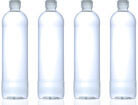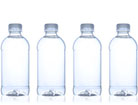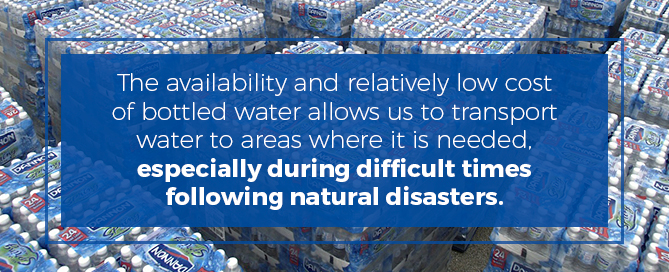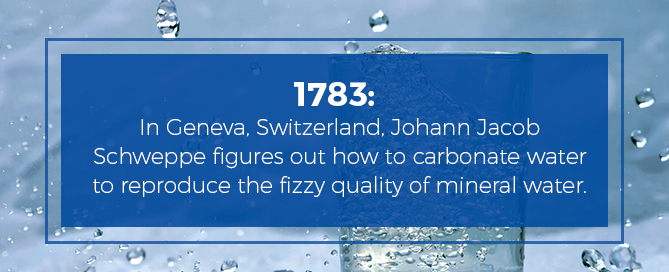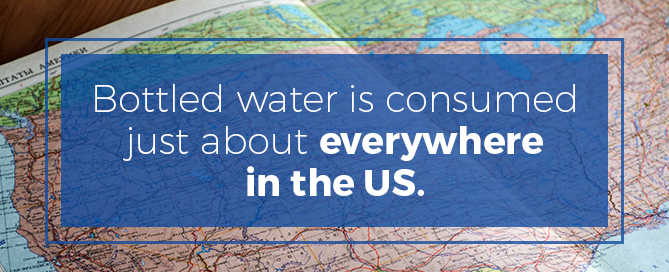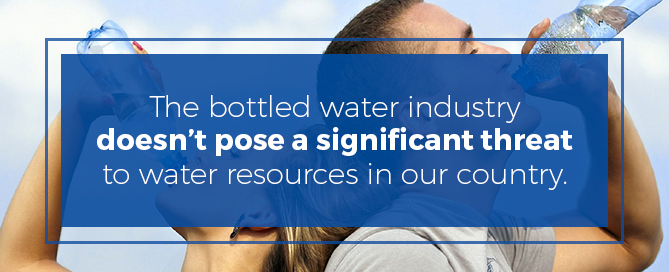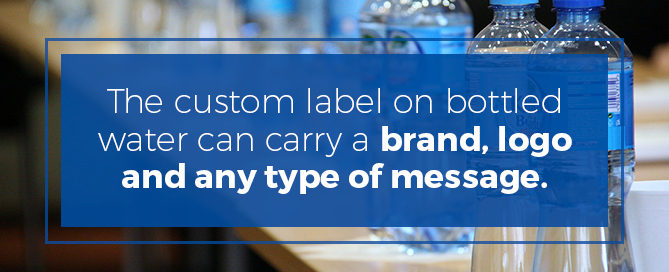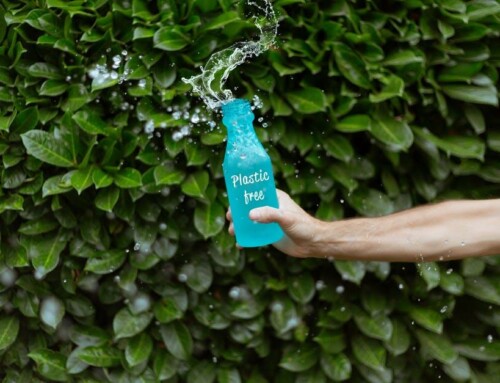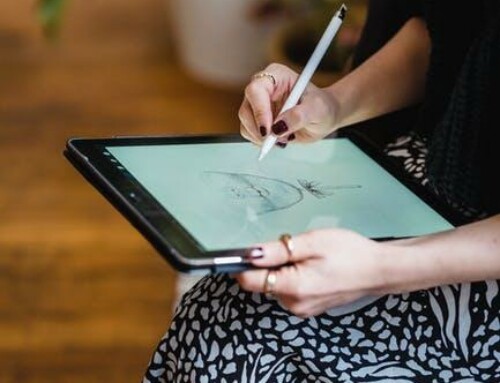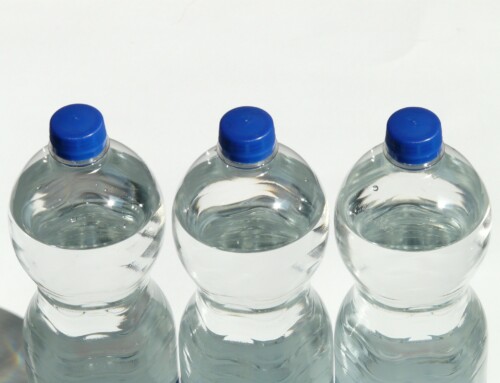Bottled water is so common in our culture, and in fact, in the culture of most of the world, that it’s hard to imagine a time when it didn’t exist. Of course, water itself is one of the essential elements of life, and the existence of water on other planets is one of the main features considered when determining if life there is possible.
In recent decades, our supply of water in this country is questioned and studied based on new observed weather patterns. We get water from the atmosphere, but we are not able to control when and where it falls. Extended drought conditions in some states and flooding in others may force us to stop taking the availability of water for granted.
Clean drinking water is also not available in all corners of the globe. The availability and relatively low cost of bottled water, however, allows us to transport water to areas where it is needed, especially during difficult times such as following natural disasters. Bottling water for easy transport just makes sense.
When Was Bottled Water Invented?
The use of water as a beverage can be traced back to the earliest civilizations. Ancient cities were established on or near water sources. The Romans engineered a system to pipe water from its source to where it was needed. Being able to carry water made it possible for civilizations to branch out and travel greater distances between natural water sources.
Bottled water was invented out of a need to carry water. Ancient civilizations developed vessels to contain water and move it from the source to their homes. They were able to collect rain water and save it for use in cooking. Smaller water vessels were used to carry a personal supply of water longer distances.
It was probably the value of water combined with the ability to bottle it that started the commercial bottled water industry. Water from natural springs was bottled and sold for medicinal purposes, and then drinking bottled water became a status symbol. People who could afford it, were willing to pay for bottled water to drink and bathe in when they were sick. Even today, various styles of bottled water are offered at restaurants — for a price.
A Timeline of Bottled Water
Bottled water might seem like a twenty-first century phenomenon, but it has been around for much longer than that. In the mid-18th century, bottled water was sold as a medicinal tonic with claims of curing all sorts of health conditions. Bottled water from natural mineral springs even became a status symbol for the wealthy. In addition to its health value, the cost of glass for bottling made bottled water something not everyone could afford.
Additionally, the 1800s, resorts were built around natural springs, and the water was bottled for sale. Here is just a short list of the natural springs around the country that attracted visitors for health or relaxation reasons:
Bottled water itself, however, can be found as early as the 17th century. Here’s a timeline:
1622 — The United Kingdom’s Holy Well bottling plant is the first to sell bottled water. Mineral springs all around Europe start to bottle and sell their water, primarily for its perceived medicinal value.
1700s — Europe acknowledges the health value of water from different sources as people travel to natural springs to bathe in special water or drink it to improve their health.
1767 — First water bottled in Boston is at Jackson’s Spa as a means of sharing their popular water with more people.
1783 — In Geneva, Switzerland, Johann Jacob Schweppe figures out how to carbonate water to reproduce the fizzy quality of mineral water.
1809 — Joseph Hawkins gets a patent for carbonated water in the US, and this type of bottled water takes off on the American market. A decrease in the cost of glass and some advances in bottling techniques grow the American bottled water industry quickly.
1856 — Over seven million bottles of water were produced and sold by 1856 at at Saratoga Springs, New York. A fear of cholera and typhoid led many Americans to rely on the presumed safety of bottled water, as well as the medicinal properties from natural sources like Saratoga Springs.
1908 — Soon after the discovery of disinfection as a cure for the typhoid epidemic, disinfection by chlorination is first practiced in Jersey City, New Jersey. The use of chlorine to disinfect municipal water systems spreads around the country, and as tap water becomes healthier, bottled water drops in popularity.
1973 — The first plastic bottles that can hold carbonated beverages are patented. These polyethylene terephthalate (PET) bottles reduced the cost of bottling carbonated water, making it more accessible to a larger segment of the American public.
1977 — Bottled water becomes popular again in the US, led by Perrier’s marketing of imported water. Perrier leads the way for the commercial bottled water industry in the US to thrive. It begins with carbonated (sparkling) water, but flat bottled water eventually takes over a larger share of the market.
Today, bottled water is still a popular way to consume the life-sustaining beverage. Although our understanding of the role bottled water plays in a healthy lifestyle has developed over time, and the cost of bottled water has decreased — making it accessible to more people — it still maintains an air of superiority over tap water.
Types of Bottled Water
Tap water is the specific domain of municipalities, unless you have a well. However, unlike bottled water, there is no label on tap water to tell you what is in it. You have to rely on the municipality to maintain the water supply within acceptable limits of contaminants, and there are no choices — you turn on your tap, and you get whatever water comes out of it.
Bottled water is labeled to help you know what you are getting in your water, or in most cases, what you are not getting. Understanding the terms used on the label helps you pick out the product that’s right for your needs. Here are the different types of bottled water available in the US, regulated by the Food and Drug Administration (FDA):
Some people prefer the taste of spring water over purified water, for example. Many people also like to treat sparkling water like a natural soft drink. It has the fizz they like, but it does not contain any sugar or other ingredients like soda does. No matter which variety you prefer, however, all forms of bottled water allow you to remain hydrated wherever you go.
How Bottled Water Is Used Today
Since 1998, bottled water has steadily increased in popularity in the US. Total sales of bottled water have gone from just under two billion gallons per year in 1998 to more than 10 billion gallons in 2014. With only a slight decline between 2007 and 2010 for the recession, Americans continue to consume more bottled water each year. Here are the annual sales statistics in millions of gallons:
1998 4,130.7
1999 4,583.4
2000 4,904.4
2001 5,425.3
2002 6,018.5
2003 6,269.8
2004 6,806.7
2005 7,538.9
2006 8,253.5
2007 8,757.4
2008 8,668.0
2009 8,453.1
2010 8,756.3
2011 9,107.4
2012 9,674.3
In 2004, the average bottled water consumption in this country was 23.2 gallons per person. By 2014, the bottled water consumption rate was up to 34 gallons per person. The lack of calories and artificial ingredients are believed to attract health-conscious consumers to bottled water over other bottled beverages.
Bottled water is also often viewed as safer or healthier than tap water, and it has the added convenience of portability. Unlike other bottled drinks, water does not need to be held at a certain temperature, hot or cold, and it’s not perishable. While the packaging is relatively inexpensive, providing bottled water for clients or guests is perceived as an added value.
Bottled water is consumed just about everywhere in the US. It is a rehydration choice after a workout, a portable refreshment when traveling and a diet aide. Sparkling or spring water are often consumed in cocktails and as an accompaniment to snacks or appetizers. Additionally, bottled water does not compete with the flavors of food and is, therefore, a good beverage to drink with a meal.
Bottled Water Facts
In today’s market, people choose bottled water for a number of reasons. There is still a perceived health benefit, even though water-borne infectious diseases have been practically eliminated from tap water. The status of drinking certain types of bottled water, partly due to the price, also remains a motive for opting for bottled water instead of tap.
Here are the top reasons people choose bottled water:
The invention of the PET plastic bottle brought the price of bottled water down considerably and made it lighter and even more portable. The convenience of bottled water makes it a staple in our mobile environment. And still, just as throughout history, people still rely on bottled water for safety — especially among recent concerns about the quality of tap water in several municipalities.
Here are some other interesting facts about bottled water:
How Bottled Water Can Be Customized for Advertising
The consumption of bottled water continues to rise. It is a household item for most Americans, and its use increases among athletes, travelers and others who need a portable product to remain hydrated while they are on the go.
Chances are pretty good that when it comes to advertising your business, your target audience uses bottled water. It is a valuable commodity that is also a convenient means of delivering good health. Here are some ways to customize bottled water to use in your next advertising campaign:
All types of businesses use bottled water to advertise their products or services, attract new customers and display their logo while giving back to the community. Bottled water is given away at workshops, sporting events and political fundraisers. Bottled water can be appropriate anywhere from casual outdoor events to formal sit-down dinners as well.
The custom label on bottled water can carry a brand, logo and any type of messages. It can be used for wedding favors in place of small bottles of wine, either at the kids’ table or for the whole party if alcohol is prohibited. Schools, churches and other non-profit organizations might also use bottled water to increase their brand recognition and to provide a useful free item at their events.
For-profit businesses from car dealerships to banks can use bottled water as part of their branding campaign. Having branded bottles of water available in the lobby or reception area is a nice touch that says you value your customers. Stocking the office refrigerator with custom labeled bottled water tells your employees you care about their health, too. Happy employees are your best brand ambassadors, and they will take those bottles of water to client meetings with them.
The hospitality industry, spas and healthcare facilities can all use bottled water to expand their brand recognition and pamper their customers. Custom labeled bottled water is an essential item at recreational facilities like golf courses and amusement parks. Any place where people congregate — from banquet halls to funeral homes — could benefit from the messaging of custom labeled bottled water.
While soda drinkers have their favorite and usually dislike all the others, no one hates water. Most Americans incorporate a certain amount of water consumption into their daily routine for health and fitness. Giving your customers and potential customers something they like will make a positive connection to your brand. Your customers are already drinking bottled water. Why shouldn’t they have your brand and logo on it?



